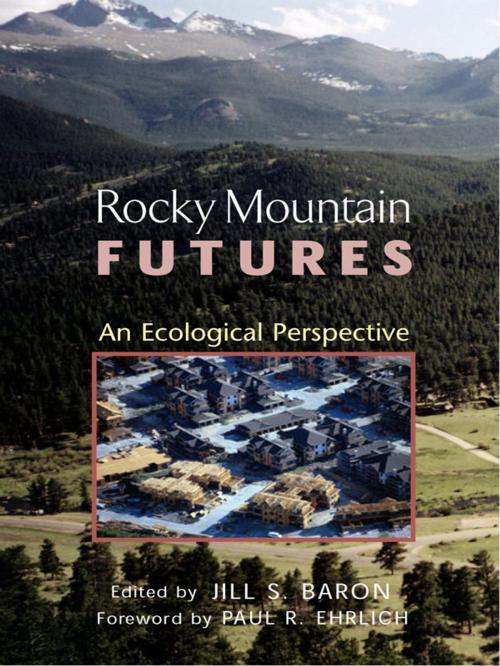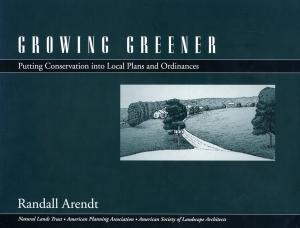Rocky Mountain Futures
An Ecological Perspective
Nonfiction, Science & Nature, Nature, Environment, Natural Resources, Environmental Conservation & Protection| Author: | Jill Baron | ISBN: | 9781597263146 |
| Publisher: | Island Press | Publication: | September 1, 2002 |
| Imprint: | Island Press | Language: | English |
| Author: | Jill Baron |
| ISBN: | 9781597263146 |
| Publisher: | Island Press |
| Publication: | September 1, 2002 |
| Imprint: | Island Press |
| Language: | English |
The Rocky Mountain West is largely arid and steep, with ecological scars from human use visible for hundreds of years. Just how damaging were the past 150 years of activity? How do currrates of disturbance compare with past mining, grazing, and water diversion activities? In the face of constant change, what constitutes a "natural" ecosystem? And can a high quality of life be achieved for both human and natural communities in this region?
Rocky Mountain Futures presents a comprehensive and wide-ranging examination of the ecological consequences of past, current, and future human activities in the Rocky Mountain region of the United States and Canada. The book brings together 32 leading scientists and researchers to presan objective assessmof the effects of human activity on the region's ecological health and to consider changes wrought by human use. This combined view of past and presreveals where Rocky Mountain ecosystems are heading, and the authors project what the future holds based upon curreconomic and social trends and the patterns that emerge from them. The book:
•examines the biogeographic and paleoenvironmental setting and historical climate that have shaped Rocky Mountain ecosystems
•traces the direct human influences on landscapes and ecosystems over the past 150 years
•explores the effects of past, present, and projected future human activities on tundra, subalpine and montane forests, valleys, grasslands, and waters
•offers case studies that illustrate specific examples of human influence and currefforts to restore the environment
The case-based multidisciplinary approach of this book constitutes an important new model for understanding the implications of land-use practices and economic activity on mountains, and will serve a vital role in improving decisionmaking both in the Rocky Mountains and in other parts of the world.
The Rocky Mountain West is largely arid and steep, with ecological scars from human use visible for hundreds of years. Just how damaging were the past 150 years of activity? How do currrates of disturbance compare with past mining, grazing, and water diversion activities? In the face of constant change, what constitutes a "natural" ecosystem? And can a high quality of life be achieved for both human and natural communities in this region?
Rocky Mountain Futures presents a comprehensive and wide-ranging examination of the ecological consequences of past, current, and future human activities in the Rocky Mountain region of the United States and Canada. The book brings together 32 leading scientists and researchers to presan objective assessmof the effects of human activity on the region's ecological health and to consider changes wrought by human use. This combined view of past and presreveals where Rocky Mountain ecosystems are heading, and the authors project what the future holds based upon curreconomic and social trends and the patterns that emerge from them. The book:
•examines the biogeographic and paleoenvironmental setting and historical climate that have shaped Rocky Mountain ecosystems
•traces the direct human influences on landscapes and ecosystems over the past 150 years
•explores the effects of past, present, and projected future human activities on tundra, subalpine and montane forests, valleys, grasslands, and waters
•offers case studies that illustrate specific examples of human influence and currefforts to restore the environment
The case-based multidisciplinary approach of this book constitutes an important new model for understanding the implications of land-use practices and economic activity on mountains, and will serve a vital role in improving decisionmaking both in the Rocky Mountains and in other parts of the world.















